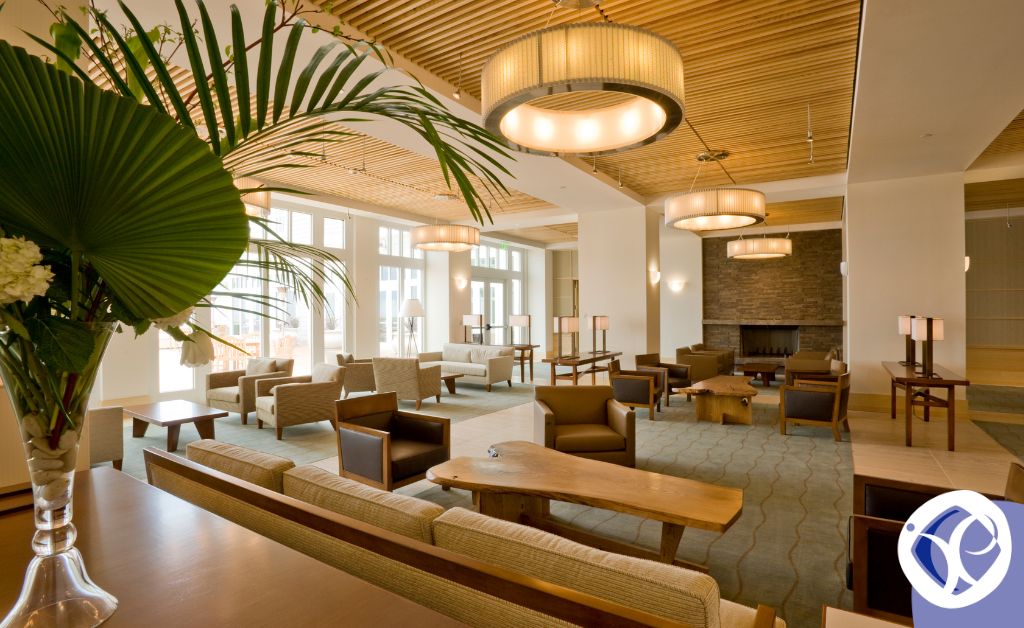If you own commercial property or even a Furnish Holiday Let (FHL), you can benefit from capital allowances. Find out more and start saving on tax!

(5-minute read)
We will cover:
- The legislation surrounding capital allowances
- Why so many commercial property owners fail to claim
Definition
Capital allowances are a type of tax relief that is often overlooked by commercial property owners.
You can claim capital expenditure as an individual, company or partnership when you build or acquire commercial property.
They allow you to deduct part or the entirety of the cost of an item off your profits before you pay tax, and the savings can be quite significant!
When and what can you claim?
You claim capital allowances on your tax return, normally 12 months after you’ve made the capital expenditure.
However, you may also be able to make retrospective claims, to claim back the costs even years after making the expenditure.
It can be used for freehold or leasehold expenditure, specifically to fixtures within a building.
The term ‘fixture’ defines something that is fixed within a building – it is otherwise known as ‘plant and machinery’ which is installed, for example, items such as toilets, lifts, general lighting, among many others.
Capital allowances on commercial property
If you own a commercial property or furnished holiday let, capital allowances are a valuable form of tax relief.
Because you can make historical claims, it doesn’t matter whether you own a building or not, you can still claim capital allowances.
It can come to you in the form of a huge tax rebate and an ongoing reduction in your tax bill.
It is estimated that less than 10% of UK commercial property owners have made capital allowance claims, and more than 90% of property owners have huge sums of money resting within the HMRC awaiting claim.
Plant and machinery
A reason why commercial property owners might forget about the benefits of capital allowances is because they might think they’re not eligible.
However, the ‘plant and machinery’ within the building you own can provide you with huge tax savings.
Plant and machinery items will make up the intrinsic fabrication of a commercial building and include heating and cooling systems, emergency lighting, security systems and sanitary ware etc.
Their costs are typically not segregated from the building cost and no allowances have been claimed when acquired on a freehold agreement.
To claim allowance, the items must be on this list and therefore be an ‘integral part of the building’ whether you’ve acquired them or need to replace them.
When you cannot claim:
According to HMRC,
You cannot claim on costs:
- for any residence or any structure located in the grounds of a residence which also qualifies for plant and machinery allowances
- you’ve already used to claim another allowance
- for other items included in the price of the structure, such as land, integral features and fixtures
- for planning permission
- for financing, such as loans
- for public enquiries or legal expenses
- for landscaping or land reclamation
- for which you received a grant or contribution
Structures and buildings allowance
If you’re unable to claim capital allowances, you might be able to claim structures and buildings allowance (SBA), at 3% per annum.
Capital allowances pooling requirement
When it comes to sales agreements, a buyer normally must abide by legislations to be able to claim capital allowances.
One of such legislations is the pooling requirement.
It states that the vendor must pass the potential claim value of the fixtures in the property through their capital allowances computations before transferring any such value to the buyer.
So if a seller might have potentially claimed capital allowances, he will have to add the full amount of claimable fixtures to his capital allowances computations (into a ‘pool’), and agree on transferring them to the property buyer.
This will allow the buyer to access the tax benefits.
Capital allowances on residential letting property
You can claim capital allowances for certain types of residential lettings businesses.
You cannot claim Plant and Machinery allowances used in a dwelling house.
A Furnished Holiday Letting (FHL), however, is treated as a trade for Income Tax, so you can claim capital allowances.
Landlords of furnished and unfurnished properties may claim replacement of domestic items relief instead of capital allowances.
A landlord can also claim capital allowances on the cost of office furniture and equipment.
Conclusion
Capital Allowances are now more valuable than at any point in the last decade.
The super deduction will end when the new tax rate goes up, but this doesn’t mean a reduction in relief for capital allowances.
The super deduction could offer 24.7p on the £1 saving for main pool plant & machinery expenditure.
From April 2023 onwards, the Annual Investment Allowances will attract relief of 25p on £1, for all plant & machinery expenditure up to £1m spend.
With the AIA limit now remaining at £1m permanently, you can still get huge relief through capital allowances when buying and developing commercial property.
Relief generated through capital allowances can offer savings of up to 45p on the £1 for those paying the additional rate.
Keep in mind that all these benefits will remain hidden unless you are proactive and seek the help of a tax adviser.
At Tax Expert, we will help you maximise your tax reclaim by assessing your specific situation.
Contact us today at 01772 788200 to find out more about how we can help, or WhatsApp us out-of-hours at 07787 010190.
Sending an e-mail is simple too, just fill out this short form and we’ll get back to you!
Kind regards Ilyas
